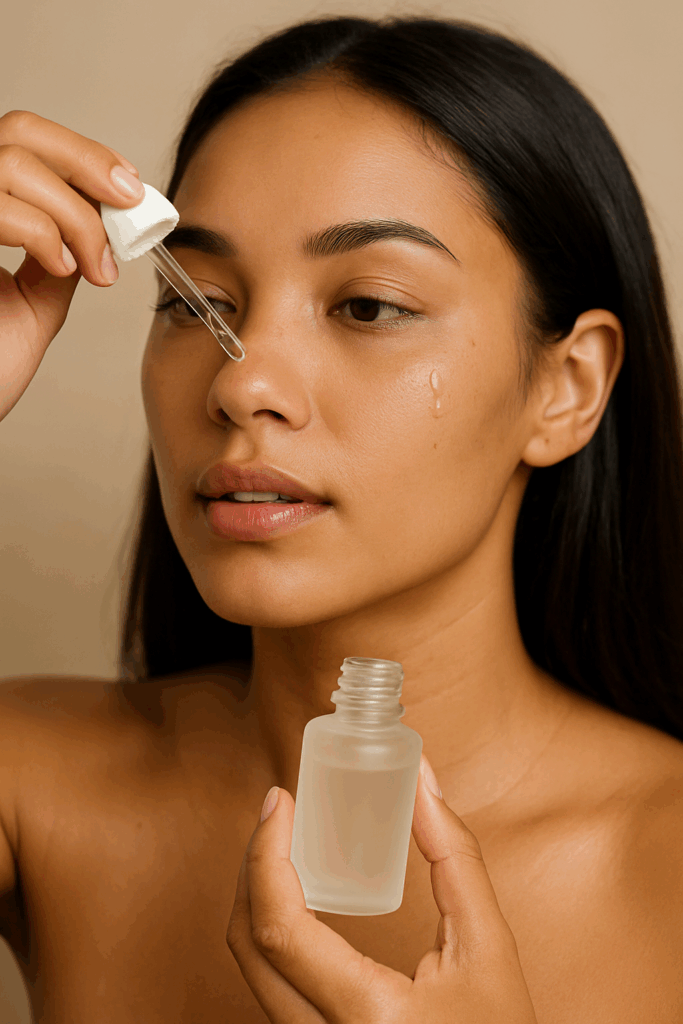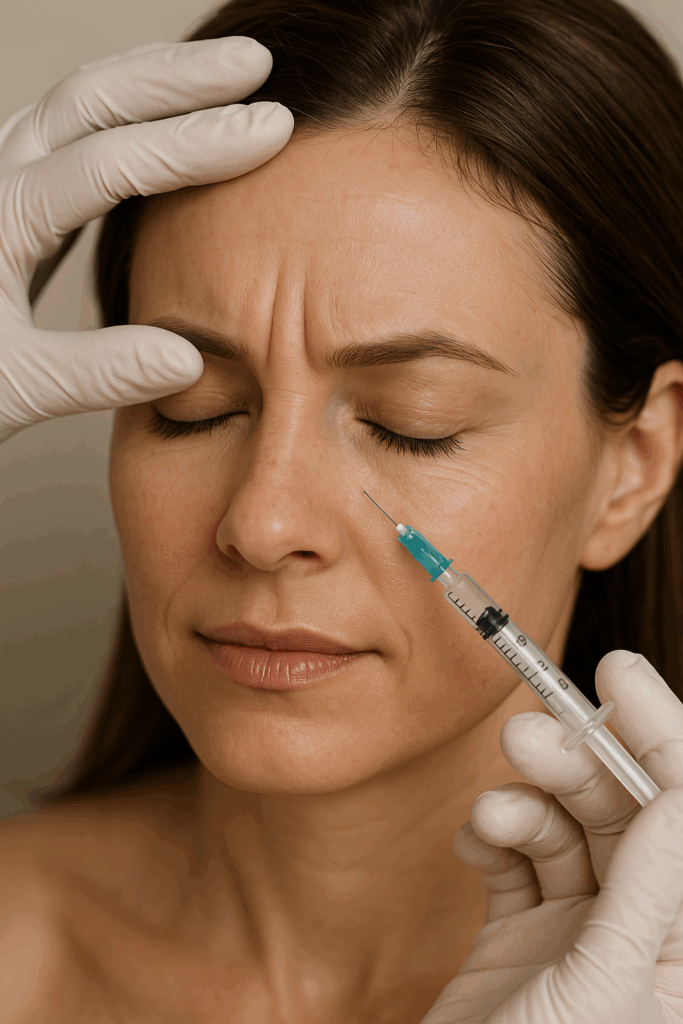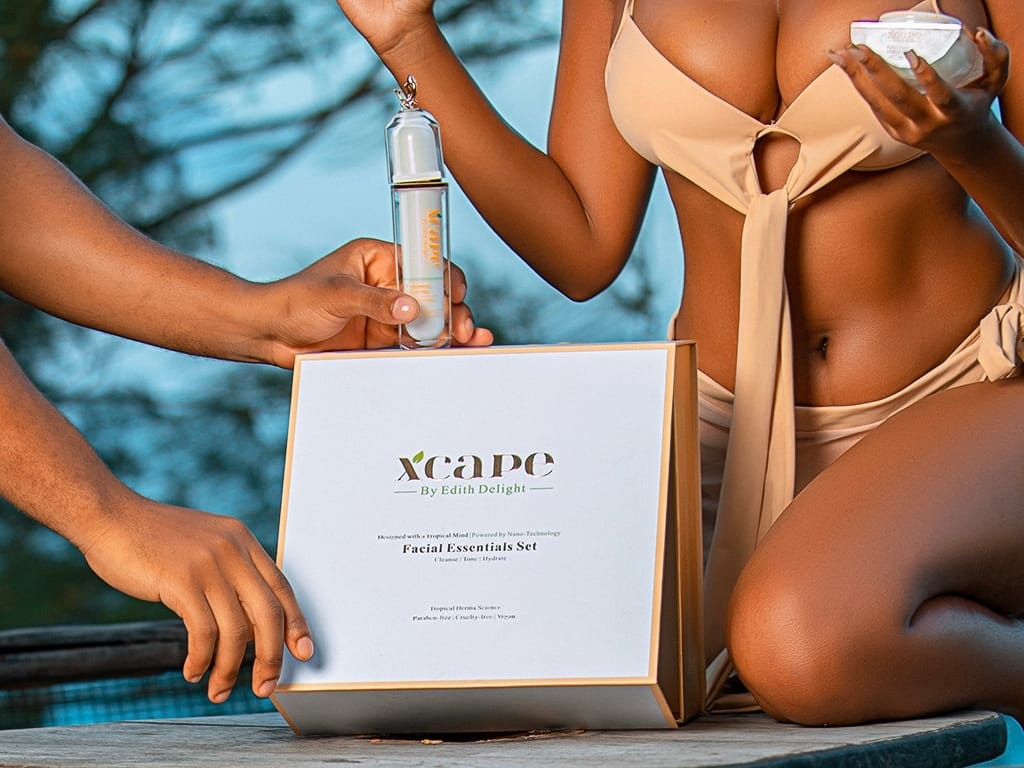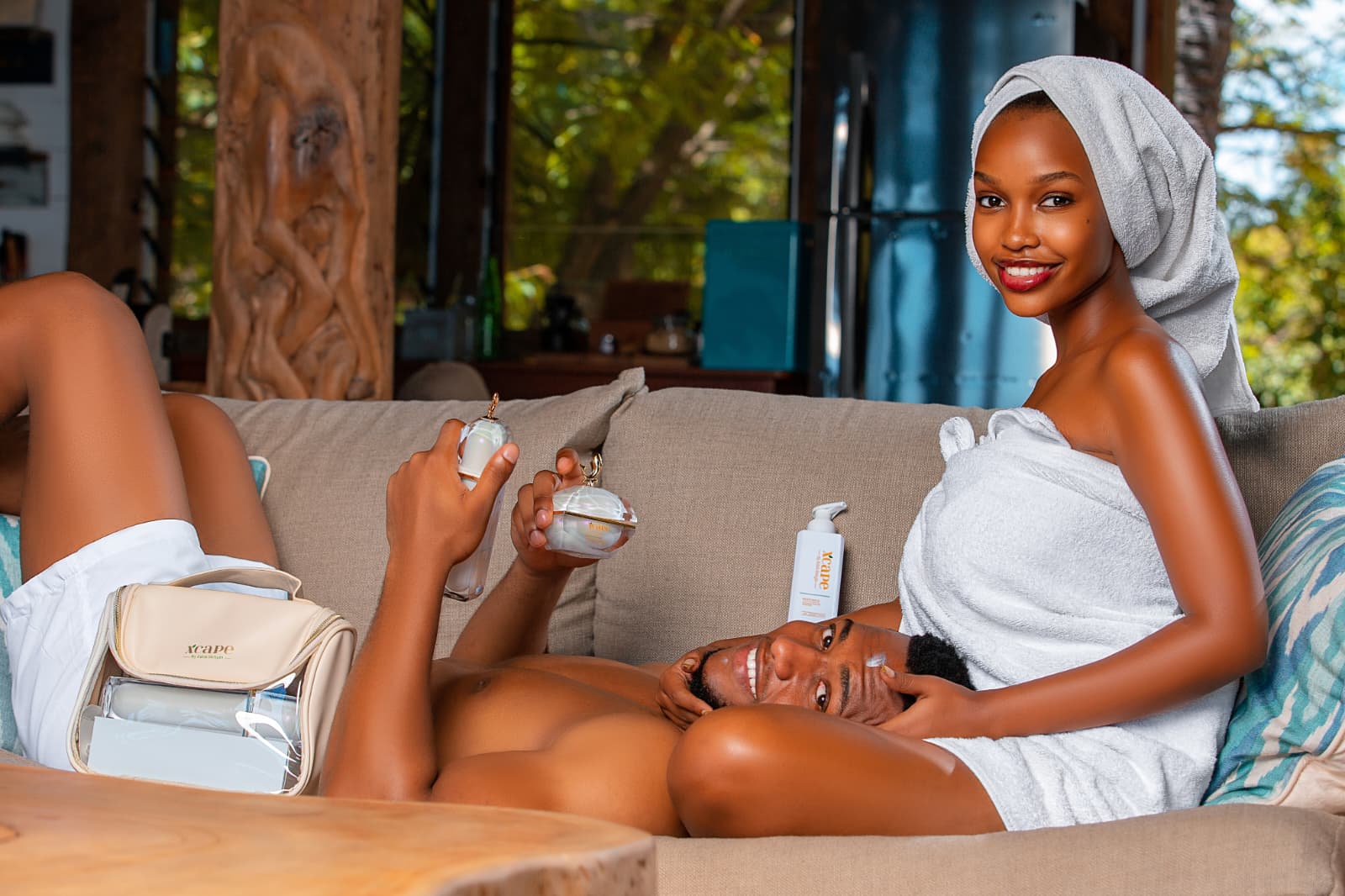Do you ever feel like no matter how much you moisturize, your skin still ends up dry or dull by midday? You’re not alone, and the answer might just be four little letters: TEWL. But what does that mean? In this article, we will break down what TEWL in skin means. Why it’s a secret culprit behind dehydration, and how you can finally outsmart it for good.
The Skin Barrier’s Silent Struggle
Your skin is your body’s largest organ, and it’s constantly defending you from the outside world. From pollution and UV rays to your 3rd cup of coffee, your skin is protecting you. But one of its most important jobs is keeping water in. A healthy skin barrier is one of the many overlooked keys to healthy and youthful skin. Historically, cultures around the world have used everything from plant oils to animal fats to lock in moisture and keep the skin barrier healthy. They noticed their skin stayed supple and youthful-looking. Ancient Egyptians swore by castor oil. East Asian skincare has long prized rice bran and camellia oils. Today, we understand the “why” a lot better, thanks to advances in skin science.

What Does TEWL Mean?
TEWL stands for Transepidermal Water Loss. In simple terms, it’s the amount of water that passes from inside your body, through your skin, and evaporates into the air. If you think of your skin like a brick wall, the bricks are your skin cells, and the mortar is the fatty “glue” (lipids) that holds it all together. When the wall is solid, water stays in. However, when there are cracks or missing mortar, water slips out. That’s TEWL in action. But let’s talk about why it matters, and is so important to prevent.

The Science: Why TEWL in Skin Is a Big Deal
- Barrier Breakdown: When the skin barrier (the outermost layer, called the stratum corneum) gets damaged, whether from harsh cleansers, over-exfoliation, cold weather, or sun, TEWL goes up. Water escapes, leaving your skin dry, flaky, and even irritated.
- Not Just Dryness: Research suggests that high TEWL isn’t just a sign of dryness; it’s also linked to increased sensitivity, redness, and even flare-ups of conditions like eczema or rosacea.
- Aging & TEWL: As we age, our skin naturally loses some of its ability to hold onto water. This means TEWL rises, making fine lines and a dull complexion more common.
- The Moisturizer Myth: You might think any moisturizer will fix TEWL, but not all are created equal. Some only sit on the surface and don’t actually repair the skin barrier or lower TEWL over time. Typically, if your skin barrier is truly damaged you not only need to be adding water in your skincare routine you also need a heavier moisturizer with an occlusive to artificially “seal” in the water.
What the Research Says: Claims vs. Science
Claim: “This moisturizer locks in hydration and prevents water loss!”
Science: Research shows that ingredients like ceramides, cholesterol, and fatty acids actually do help repair the skin barrier. And ultimately lower TEWL, especially when these ingredients are used in combination. On the other hand, lightweight gels that lack these barrier-building ingredients may only provide short-term relief without real barrier repair.
Claim: “Exfoliate every day for baby-soft skin.”
Science: Over-exfoliating (especially with strong acids or scrubs) can damage your skin barrier and ultimately increase TEWL. This happens because when you exfoliate, you are stripping away layers of skin, and you can over-strip your protective barrier. Most dermatologists recommend gentle exfoliation only 1-2 times per week for most skin types.

Claim: “Oils seal in moisture and stop TEWL completely.”
Science: Some oils, like squalane or jojoba, can help slow down TEWL. These oils do this by forming a protective film on the surface of your skin. However, if you are using an oil, be mindful of which step it is in your skincare routine. Oils work best when applied after a water-based moisturizer. Otherwise, they can trap dryness in rather than fix it.
How to Lower TEWL in Skin: Science-Backed Tips
Let’s get practical! Here’s how you can step up your skincare routine to keep moisture where it belongs:
- Look for Barrier-Boosting Ingredients: Seek out products with ceramides, cholesterol, and fatty acids. These are the building blocks of a healthy skin barrier.
- Use Humectants and Occlusives In Your Skincare Routine: Humectants like glycerin and hyaluronic acid draw water into the skin, while occlusives (think petrolatum, dimethicone) create a protective seal.
- Be Gentle: Avoid over-washing, harsh cleansers, and daily exfoliation. These can damage the barrier and raise TEWL. If you are using a product and it is causing burning or irritation in your skin, stop using it. This is a sign that you are irritating your skin barrier, and you do not want irritation to turn into damage.
- Moisturize While Damp: Apply your moisturizer right after washing your face; this traps extra water in your skin before it has a chance to evaporate.
- Protect from the Elements: Wind, sun, and cold all increase TEWL. Wear SPF daily, and consider a richer moisturizer in winter.
- Stick With a Routine: Consistency is key. Repairing the barrier and lowering TEWL is a marathon, not a sprint.

The Takeaway: TEWL in Skin Is the Secret Behind Real Hydration
So, next time your skin feels tight or dry, remember: it’s not just about slathering on more product. TEWL in skin is the silent force at work, and managing it means giving your barrier the care and support it needs. Opt for barrier-repairing ingredients, skip the harsh scrubs, and make moisturizing a daily habit, your glow will thank you.







